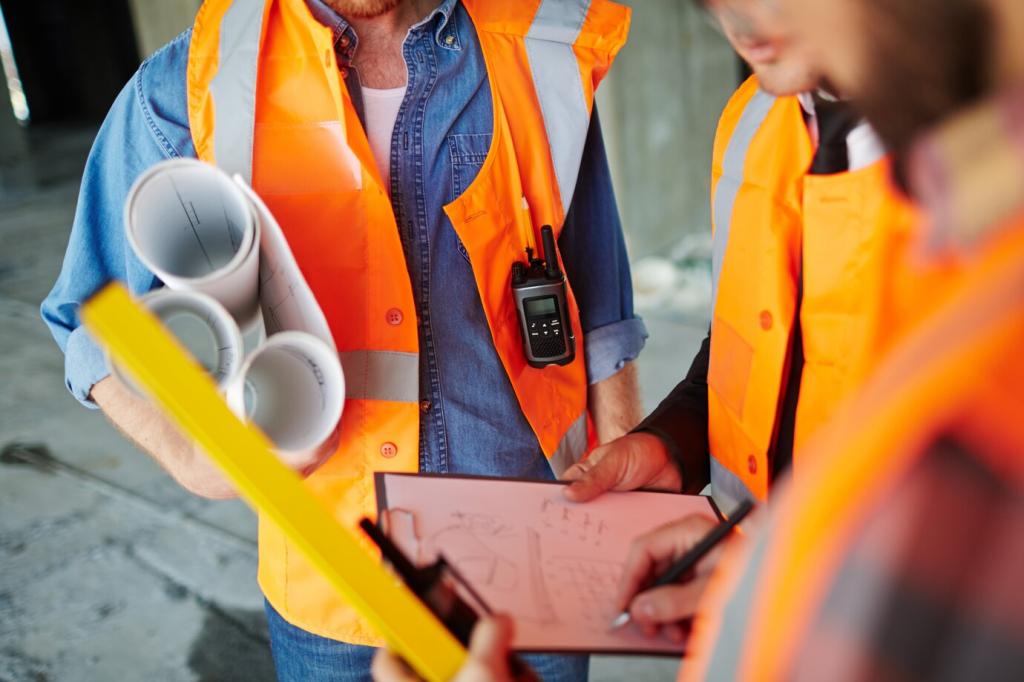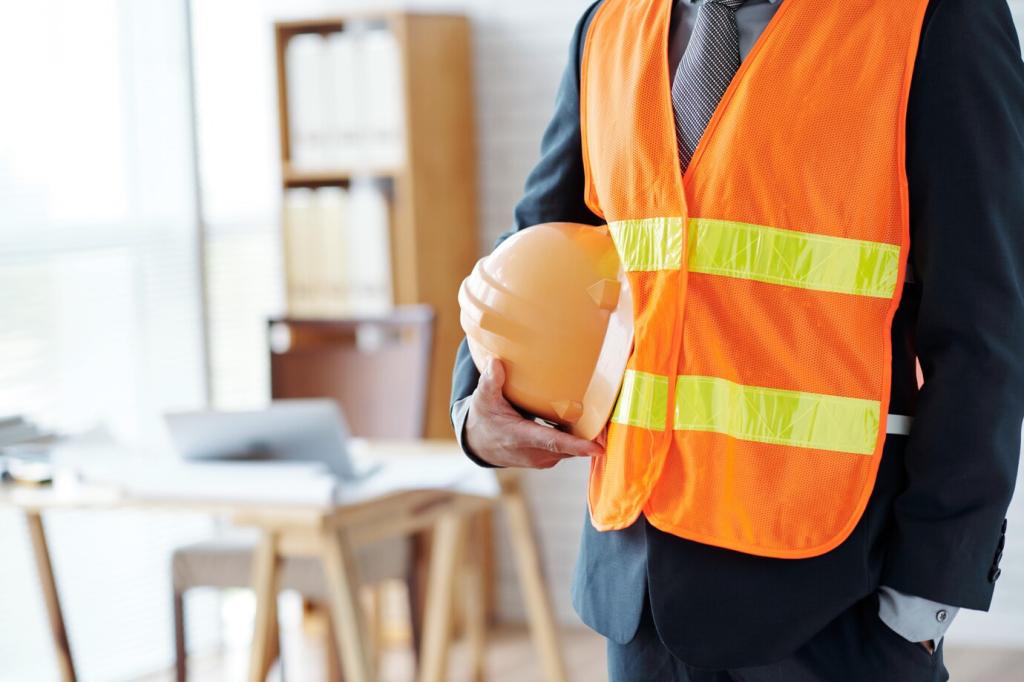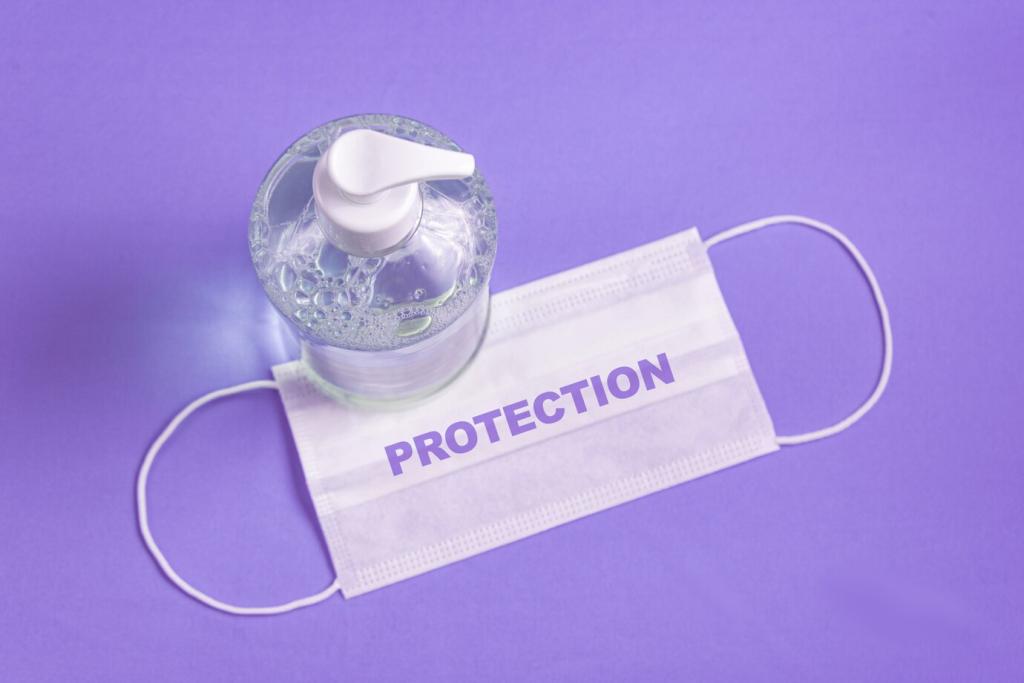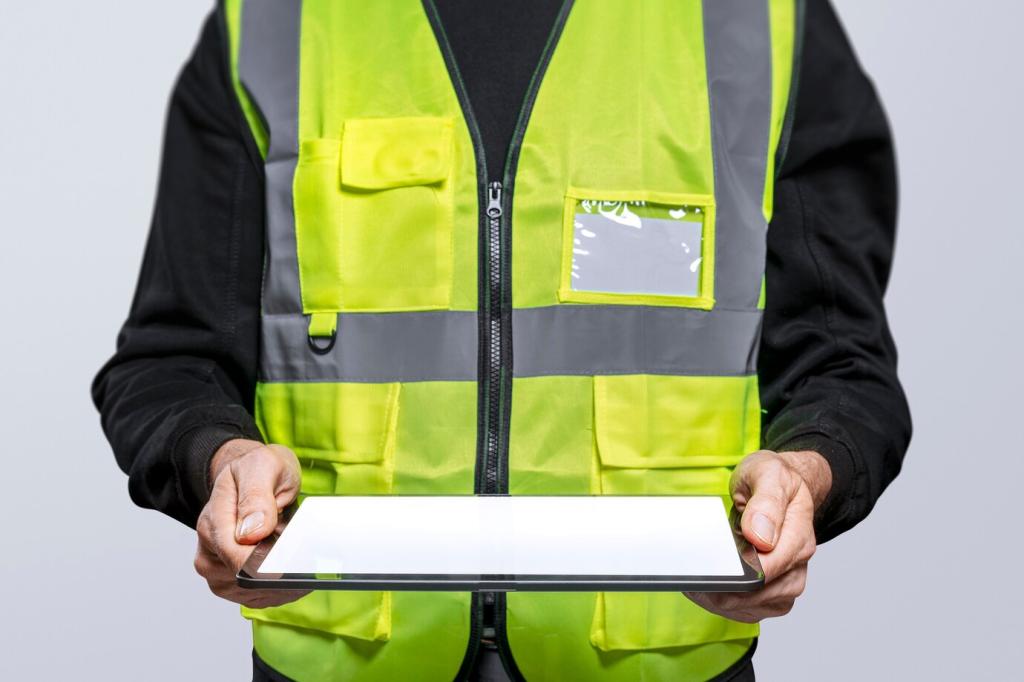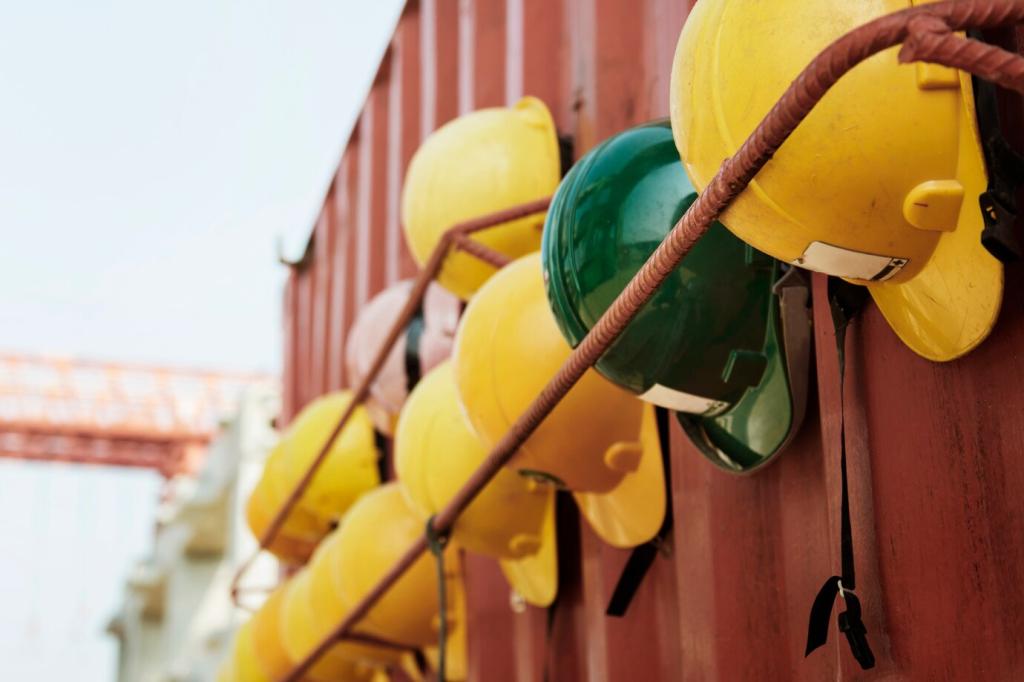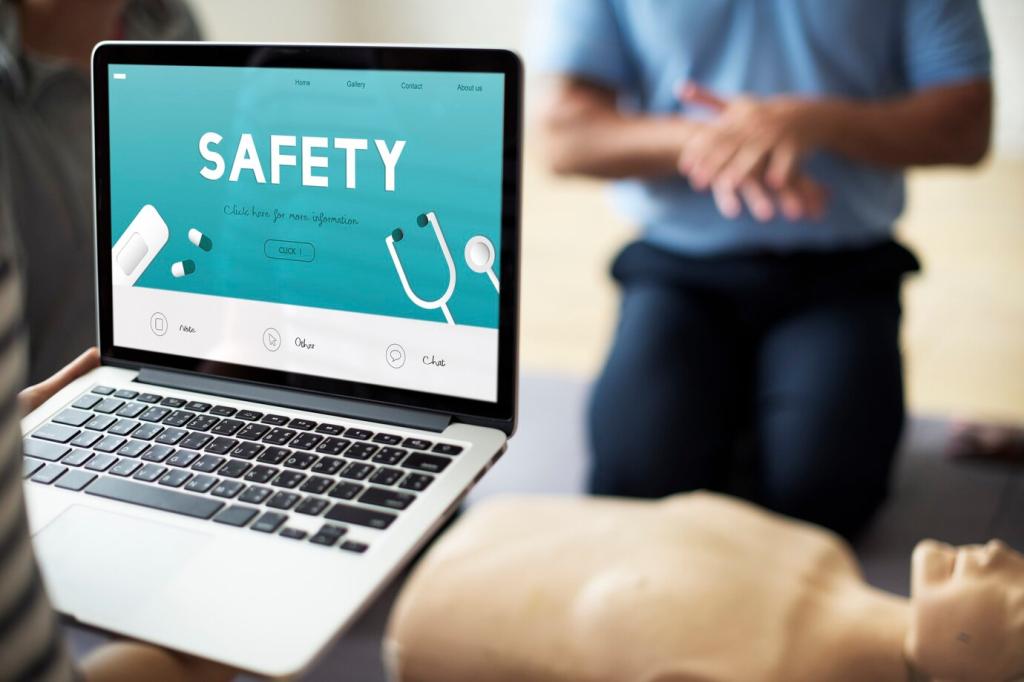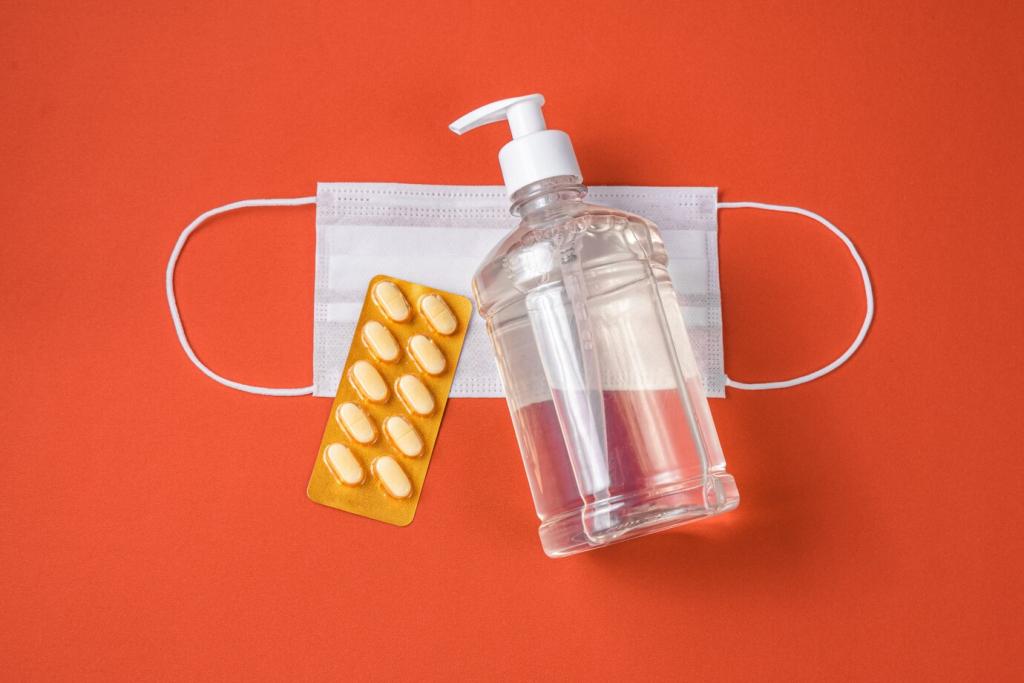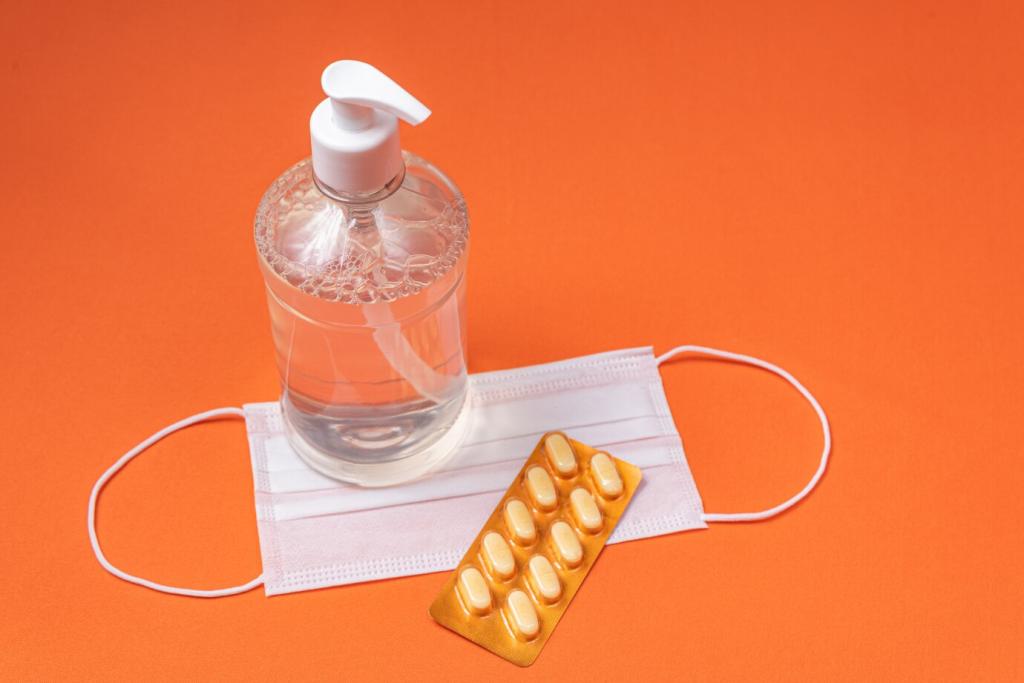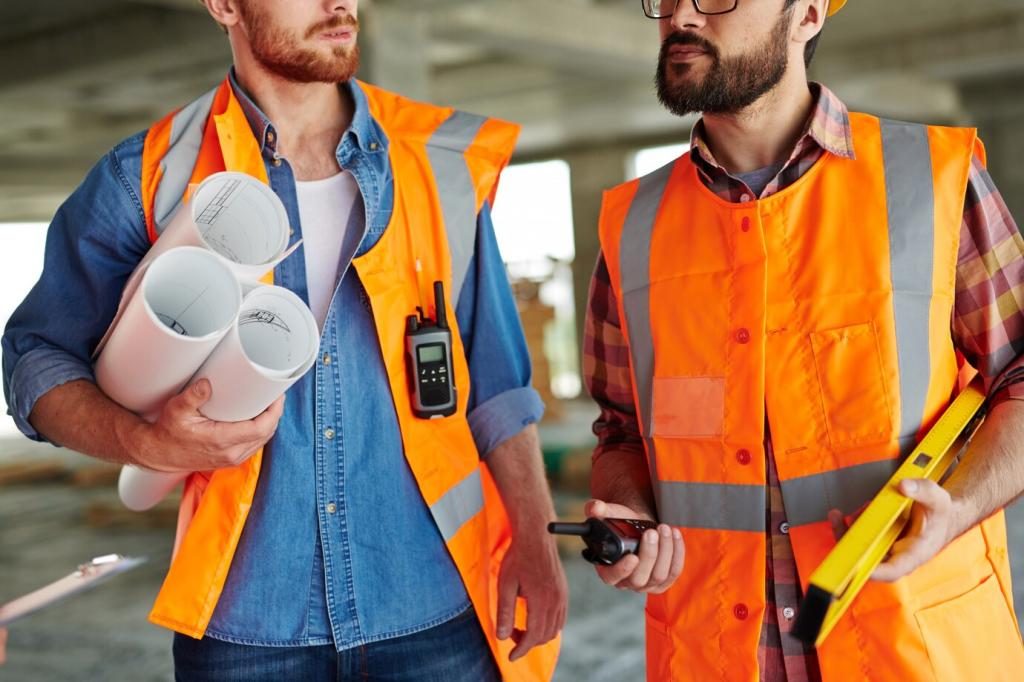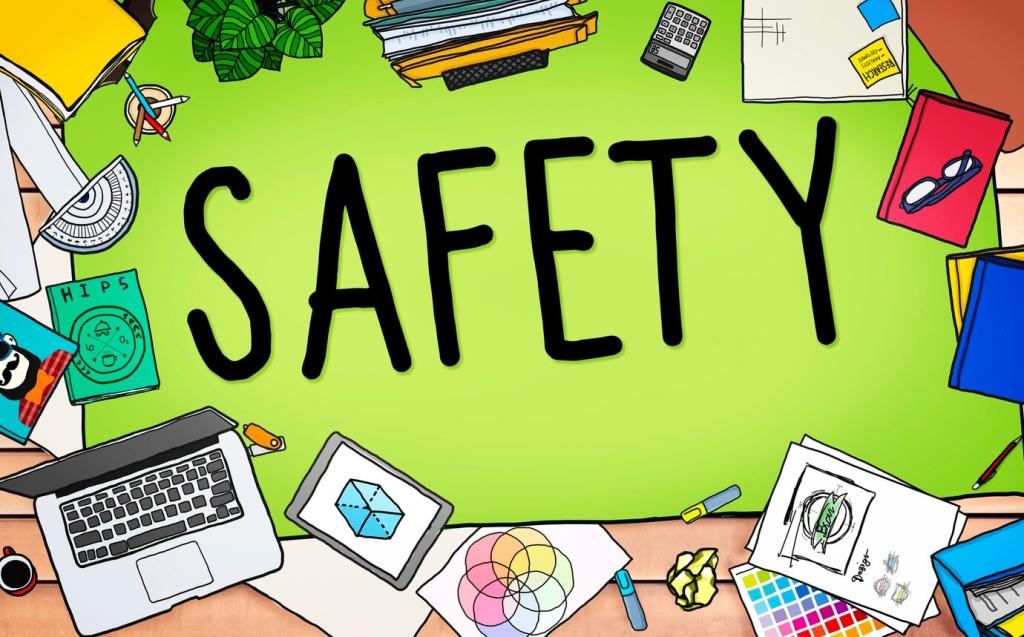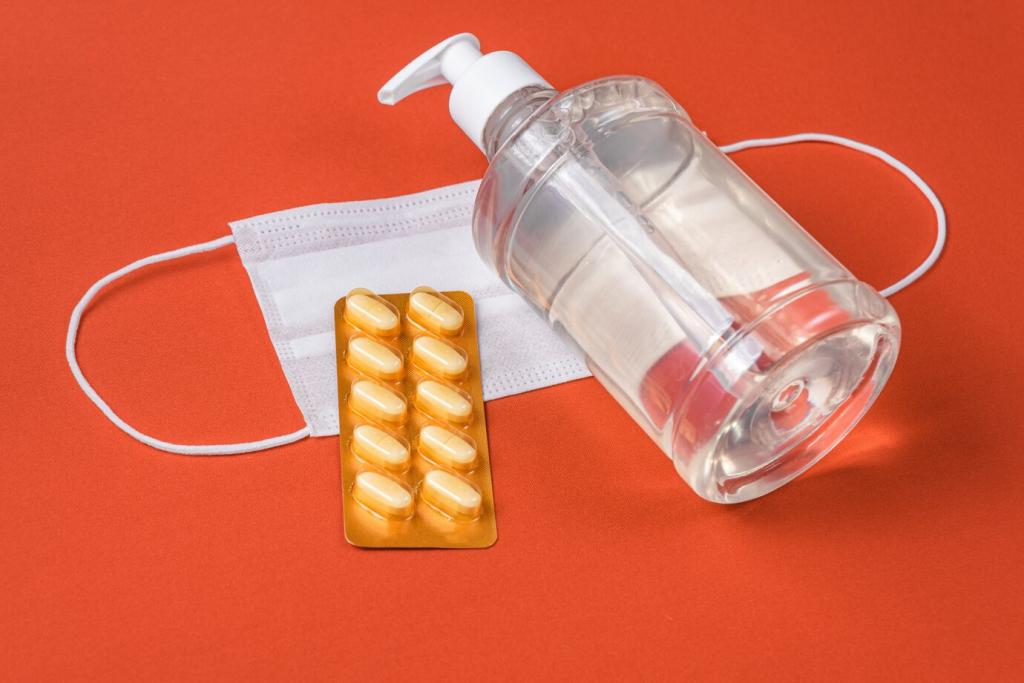Why Safety Ratings and Certifications Matter
A friend once bought a budget space heater without any recognizable mark. It overheated, tripped the breaker, and scorched the carpet. The certified replacement stayed cool, shut off safely when tipped, and proved why credible certification marks genuinely matter.
Why Safety Ratings and Certifications Matter
Before many products ever reach your home, they endure stress tests, temperature cycles, electrical fault simulations, and material checks. Certification translates those results into clear, recognizable marks, helping you decide confidently without reading a stack of technical reports.
Why Safety Ratings and Certifications Matter
When consumers prefer certified products, brands notice and invest in safer designs. Ask retailers about certifications, review labels, and share stories in the comments. Your engagement pushes the market toward better standards and fewer preventable accidents for everyone.

